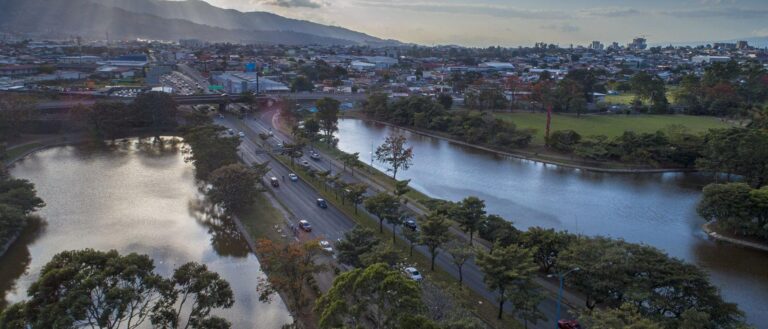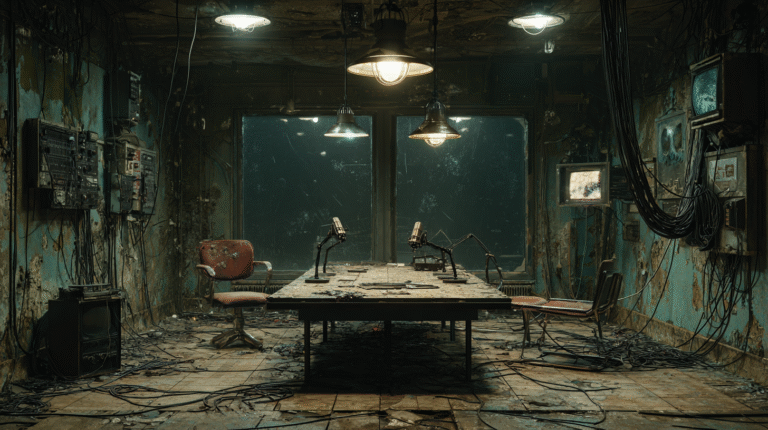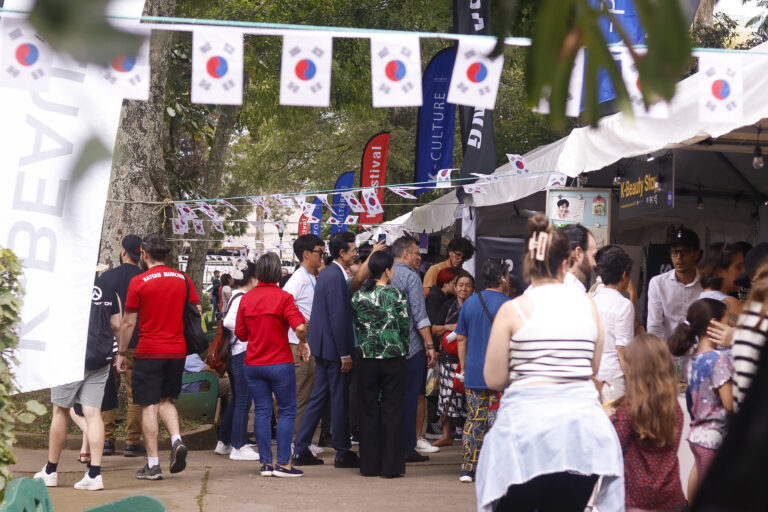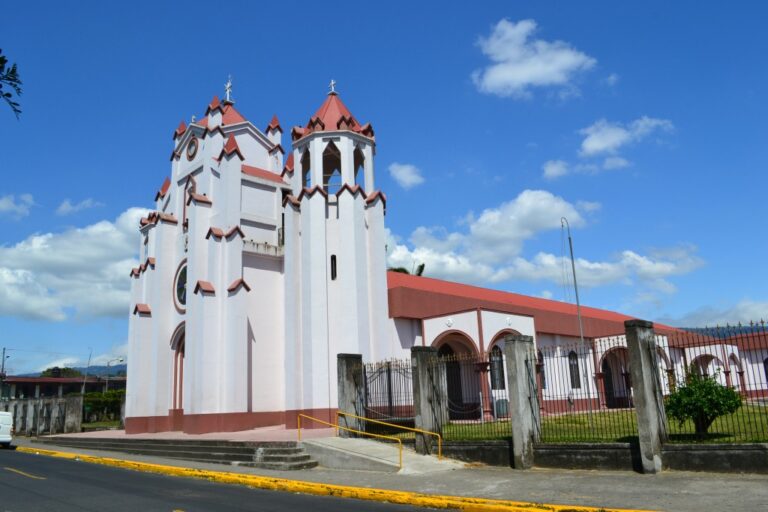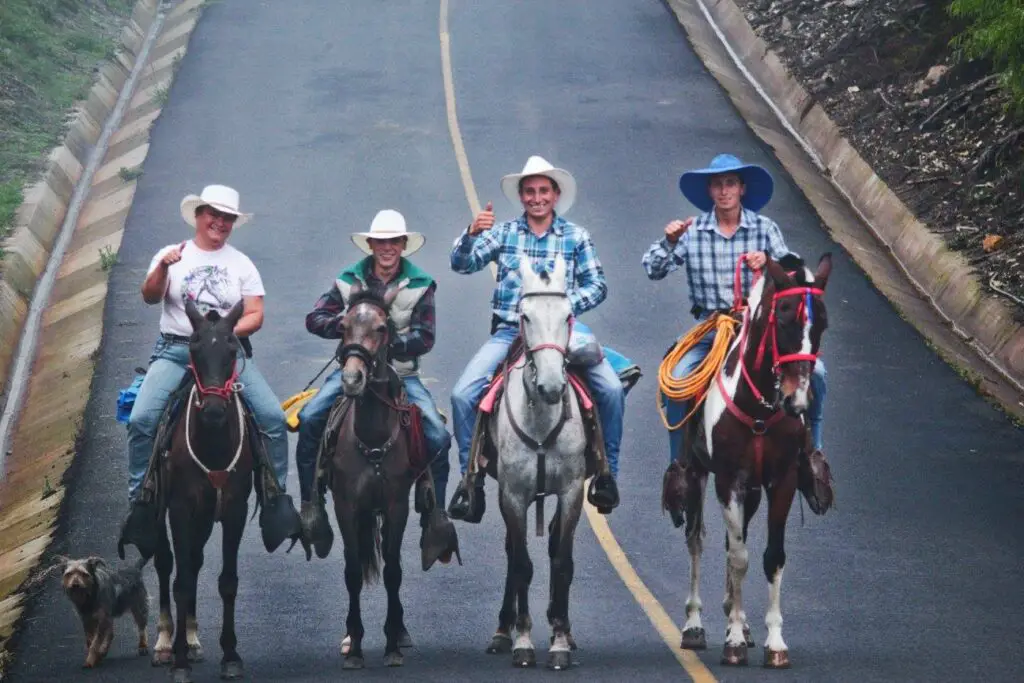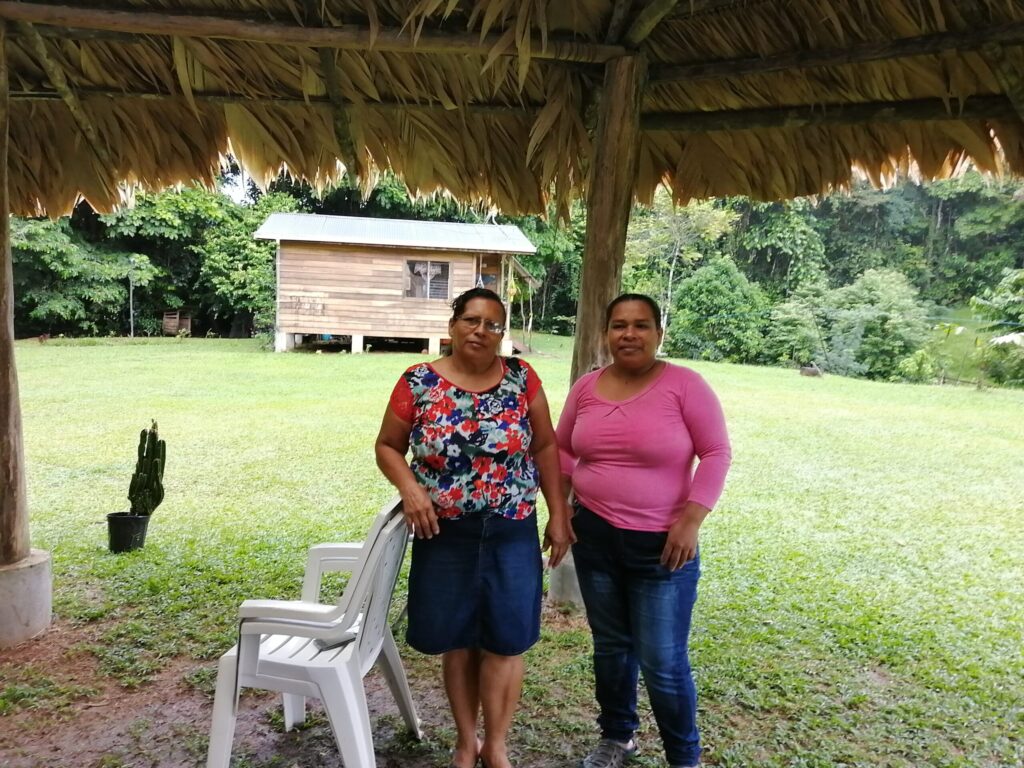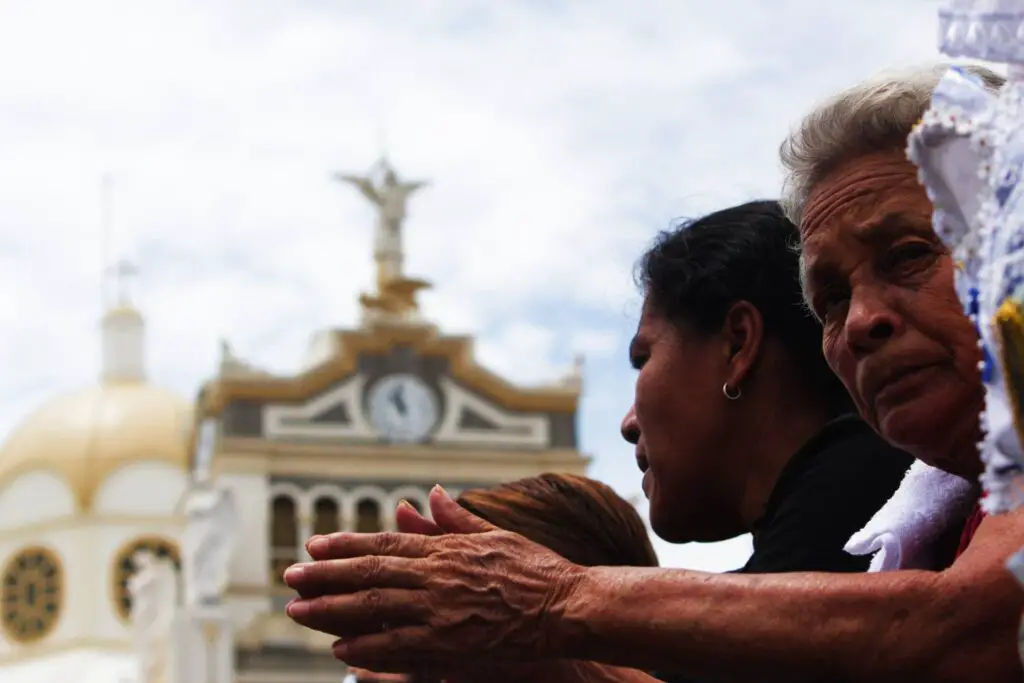The Ministry of Culture and Youth, through the Costa Rican Art Museum (MAC), invites the public to visit the exhibition “Hugo Díaz: Chronicles in Ink (1930-2001),” a showcase that pays tribute to the visual and critical legacy of cartoonist Hugo Díaz Jiménez, whose work became a graphic chronicle of twentieth-century Costa Rica.
This exhibition project is coordinated in collaboration with the University of Costa Rica Museum (UCR Museum).
“Hugo Díaz: Chronicles in Ink (1930-2001)” traces the different stages of Díaz’s work, from his beginnings influenced by comics and cinema to his maturity as a graphic chronicler of Costa Rican reality. The exhibition highlights his role as a keen observer of the country’s major political, social, and economic processes, in which criticism, humor, and sensitivity were always present.
“The work of Hugo Díaz is a visual testament of immense value for understanding our recent history. With this exhibition, the Costa Rican Art Museum seeks to honor his legacy as the country’s graphic chronicler and, at the same time, offer the public an exhibition proposal that links art, memory, and critical thought. Showcasing these voices, which have contributed with sensitivity and commitment to the cultural development of Costa Rica, is part of our institutional mission,” said Esteban Calvo Campos, director of the MAC.

“Hugo Díaz: Chronicles in Ink (1930-2001): The sharp gaze of a cartoonist who depicted half a century of Costa Rican history”
“When Hugo Díaz began his career in 1970, the country was experiencing great political turbulence and ideological polarization due to the Cold War. His cartoons reveal the heightened penetration of American mass culture and the economic modernization aspirations in Costa Rica. They also document the formation of a critical, anti-imperialist, and left-leaning response to the United States’ interference in Latin America,” noted Laura M. Raabe Cercone, curator of the exhibition and head of the Collections Registration Section at the University of Costa Rica Museum (UCR Museum), which safeguards a valuable archive of 5,978 items and was included in UNESCO’s National Memory of the World Register for Costa Rica in 2023.
According to the curator, “in the 1980s, due to the economic crisis, neoliberal policies were adopted. From then on, attempts to dismantle the welfare state began. Much of his work revolves around this context. His ink drawings denounce injustices and express his commitment to the most vulnerable social sectors.”
“Twenty-four years after his death, Don Hugo amazes with his enduring relevance,” emphasized Raabe Cercone.
Who was Hugo Díaz Jiménez (1930-2001)? He was a cartoonist, illustrator, and comic-strip author. A prolific children’s book illustrator and pioneer of comics in the country, Hugo Díaz developed a sharp and sensitive vision that he masterfully rendered in Indian ink.
From the 1970s until his death in 2001, he accompanied readers of publications such as La República, Semanario Universidad, Pueblo, and Gentes y Paisajes, among others, with an unmistakable style committed to the most vulnerable sectors.
With a career spanning more than 30 years in the country’s leading media outlets, he captured the major events of twentieth-century Costa Rica with irony and commitment. His legacy, comprising over 5,000 works, is part of UNESCO’s National Memory of the World Register.
The exhibition will be open to the public until Sunday, November 9, from Tuesday to Sunday, 9 a.m. to 4 p.m., at the Costa Rican Art Museum. Admission is free and open to everyone.







